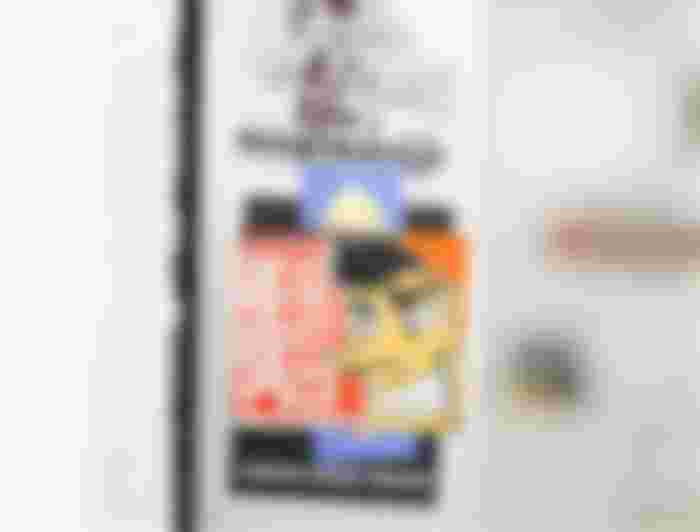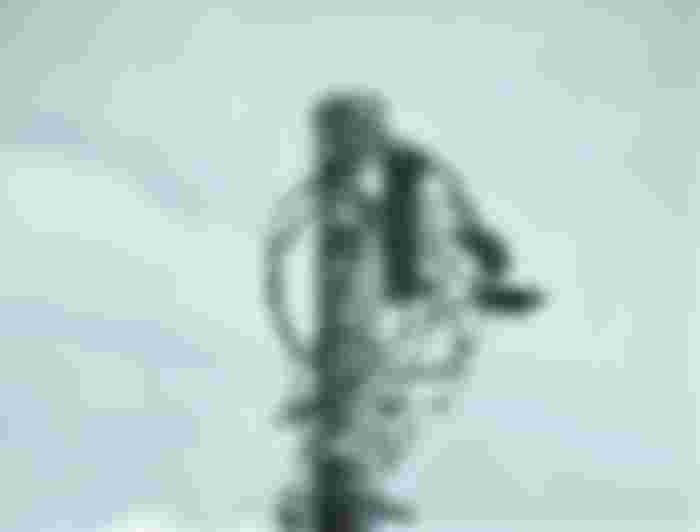In his practical life, a person is exposed to many unusual things and situations that sometimes affect the completion of a specific matter, distort a situation, or create a defect, and these situations and events may be of a slight degree of importance, but they block paths or stand in the way of achieving goals or lead to disturbance of the psyche. Difficulty in the situation, and it is customary to call all these matters as problems, and a person usually seeks to solve all these dilemmas and problems facing him and stands as an obstacle in one of his directions to keep his condition within the limits of stability and psychological security linguistically, the problem is defined as a difficulty or issue that needs to be addressed and overcome to reach a specific result.

As for the terminology, the problem is defined as an unwanted state that is formed by the deviation of a certain matter from its course and its goal, to create a state of imbalance between the imposed or expected matter and the emergency order to be formed Of imbalance, there are emotional signs of fear, anxiety, and tension that indicate the existence of what is termed the problem.
Definition of problem-solving
The problem-solving process can be defined as a methodical method or a mental process in which the individual uses his thinking with his available experiences, skills, acquired knowledge, and previous experiences to face the cases, difficulties, or situations that compose the problem as a kind of responses aimed at addressing the signs and effects of the problem, and return To achieve the desired goal, and the problem-solving process is defined as a mental activity in which the mind's experiences, previous experiences, and components of the problem's situation are organized to achieve the main goal before the problem occurs.

Steps to solve the problem
It is natural for a person to seek to solve the problems he faces in his endeavor to replace the imbalanced situation that affected his reaching a specific goal or hindered obtaining a result or group of results, and during the individual's attempt to treat the problem sets goals in his mind and imagination in proportion to the general basic goals of the problem and the special circumstances that contributed to its generation.
Where this mental image represents the problem internally, in a way that ensures the achievement of appropriate solutions mentally, and the representation of the problem may evolve as a step from the treatment steps to its representation externally by converting mental images into drawings or symbols bearing signs and clues that help describe the problem to reach a solution based on its origin on several factors, the most important of which are: Imagining, remembering and the internal representation of its elements and their attachments, and transferring that representation to external signs, and this behavior, in general, is an actual need for the human element for the positive results it presents that end the imbalance between what is and should be.

The issue of problem-solving is closely related to setting goals and achieving them. It is a learned skill that individuals can acquire through experimentation and exposure to experiences. Several methods can be used to help solve problems within specific and clear steps represented in the following:
Defining the problem:
The step in defining the problem is to discover the problem, to know what it is, and to form a clear and clear idea about it by identifying its components and the causes that compose it and that led to its formation.
Provision of possible options or alternatives:
This stage includes exploring all possible ideas to find and create proposed solutions that can provide a remedy for the problem, and no consideration at this stage is for the reliability of the proposed solutions or their evaluation. Problem conditions and their interactions.

Evaluating solutions:
This step depends on the results of the brainstorming process that generated a set of proposed solutions to the problem, as all presented solutions are tested within the criteria of differentiation of the factors of the problem and its outcomes, and the solutions are evaluated based on the feeling and impact they present on the situation in an optimal manner, in the short and long term, and the possibility of Apply the solution in practice.
Choosing the appropriate solution:
The choice of the appropriate solution depends on the results of the evaluation of the proposed solutions to choose the most suitable solution to the circumstances and variables of the problem.
Application of the solution:
All the aforementioned steps of problem-solving are considered a model for planning the process of solving the problem, and the step of implementing the solution represents the transitional model from the planning stage to the stage of realistic implementation and projection, and the process of implementing solutions may include many steps that may not succeed in achieving its objectives with the first attempt. This stage is not usually easy, and the process of implementing the chosen solutions requires systematic management that takes into account the organization of the application and the repeated attempts.

Review:
The problem- solving process needs experience, learning, practice, and know-how, and the most distinguished thing that an individual does during its implementation to solve the problem is to record its stages and steps for the solution to carry out a continuous review and clear evaluation of the course of each step and to make the necessary adjustments required by the circumstances and variables according to what the review results show, and since the process Solving problems is a continuous stage. Continuing review is an important prerequisite for studying the conditions of implementation, changing steps and increasing them, monitoring implementation and attempts, providing a clear and continuous vision of the solution’s outcomes, and measuring its success.

Personal characteristics that help solve the problem
The problem-solving process can be viewed as an acquired skill that trainees master optimally as they gain more experience and expertise in this aspect and the expert in problem-solving should have some characteristics that enable him to understand the details of the problem and solve it creatively.

For example, he has a positive, persistent attitude that believes in his ability and personality in facing obstacles. He should also be keen to understand the facts in all their data and sources and to give preference to contemplation, analysis, and fragmentation over guesswork and expectation that is not based on logical information.






